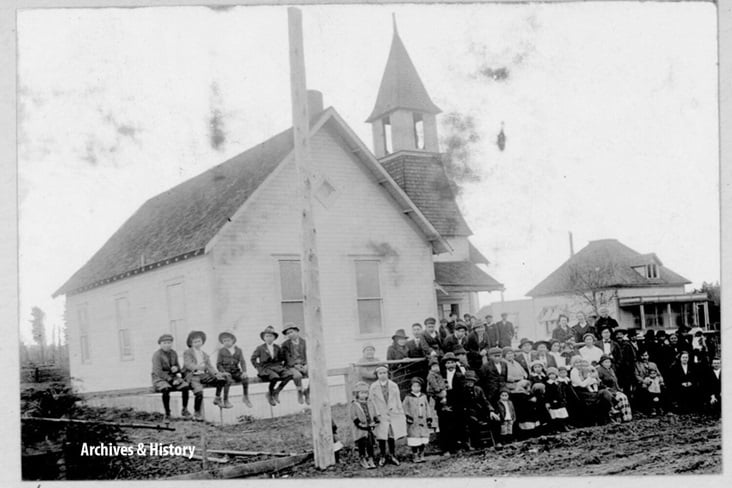
Jarena Lee is known as the first Black female preacher in America and the first Black woman ordained to preach in the African Methodist Episcopal Church.
Sponsored

Though The United Methodist Church was officially created in 1968, its history dates back to 1730 when John and Charles Wesley, two students at Oxford University in England, gathered a small group of students who sought to spread the Methodist movement.
At about the same time, people like Philip William Otterbein, a German-American clergyman, and Martin Boehm, a Mennonite preacher, were leading similar movements in America that helped people grow their faith through the United Brethren in Christ Church.
Across the decades, both movements spread and grew, often merging to form new denominations. In 1968, both strands of Christianity came together to form The United Methodist Church.
In this section, you will find stories and useful links to help you learn more about the roots of our denomination and trace developments that led us to today.
Learn more about the work of the United Methodist General Commission on Archives and History (GCAH) by clicking below.

Jarena Lee is known as the first Black female preacher in America and the first Black woman ordained to preach in the African Methodist Episcopal Church.
Sponsored